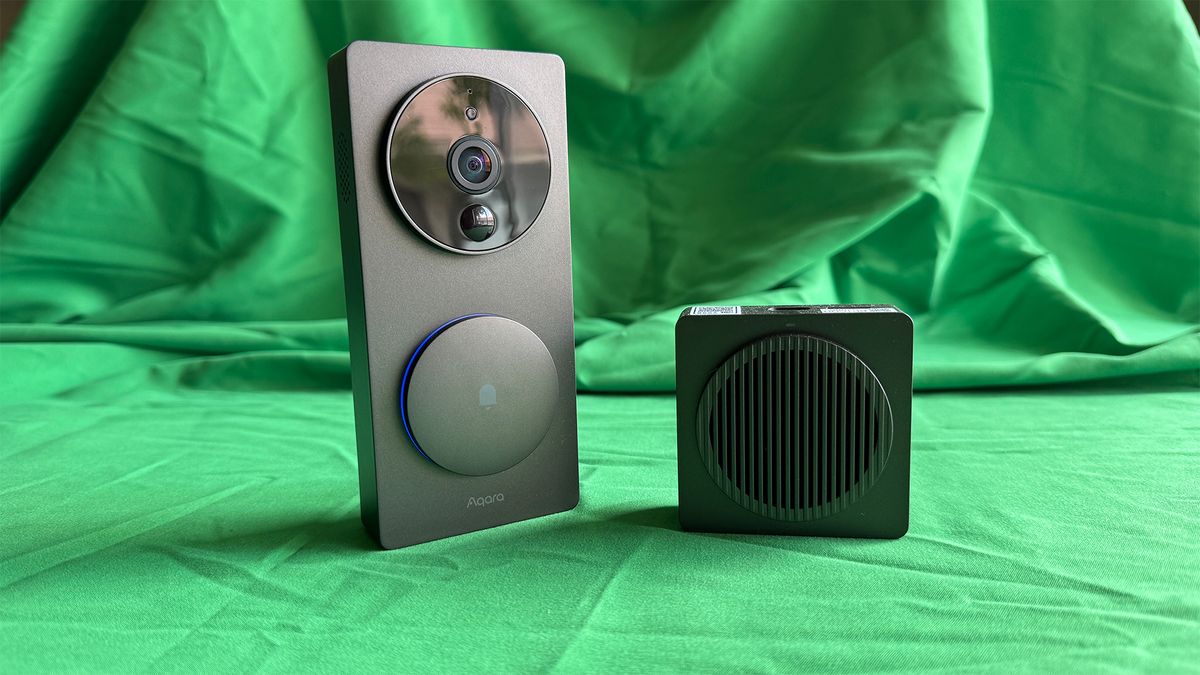Main Highlights:
- Locate the intended audience.
- Choose the sort of software you want.
- Create a secure and reliable payment gateway.
The majority of us cannot survive without food delivery. The epidemic and safety requirements increased the use of apps like UberEats. Restaurant patrons must now make an order and wait for a courier to deliver their favourite food.
Furthermore, meal orders are the only method for restaurants to make money, as dine-ins are forbidden in many nations, including the United States.
Despite Uber Eats’ popularity, many restaurant owners complain about the platform’s exorbitant service commissions, which diminish eateries’ already low-profit margins.
As a result, Savoy restaurant owners are exploring launching meal delivery markets similar to UberEats. If you can’t defeat them, lead them, as the phrase goes.
Assume you are one of the daring and optimistic food tech entrepreneurs thinking about building an app similar to Grubhub or UberEats. In this scenario, you must understand UberEat’s business strategy as well as the basic steps to creating such an app or even better. Let’s look at how food delivery markets like UberEats work and how much it will cost to create a meal delivery aggregator.
Common characteristics of a Food Delivery mobile app
To create applications like UberEats and make them successful among consumers, you need to do more than simply imitate their features. We recommend the following strategies to help you outperform UberEats:
Investigate the target market
To create a successful meal delivery app, you must first understand your target audience.
It is simple to design an app that fits the demands of target consumers once you understand who will use the food delivery service.
The target audience might be specific, such as gluten-free raw vegans, or wide, such as pizza enthusiasts.
Use demographic criteria to construct a target customer profile by clarifying the following information to generate a clear image of the target audience:
Income, gender, nationality, and age are examples of social characteristics.
What possible client issue may your project address?
What emotions would your application elicit among customers?
Why should customers choose the platform above competitors?
You will have a solid understanding of the target clients after clearing all of these aspects.
Select the primary characteristics of food delivery services.
Consider the following features when creating a mobile app for food delivery:
Login allows you to access the app using your email address or a social network identity.
Search allows you to search by meal, filter, and food category. This part should include images of the meals, an explanation of the procedure, and a menu.
Meals can be added to the cart after placing an order.
The order amount and all specified dishes are included in the order checkout.
Users may pay for their orders using the built-in payment gateway. Our recommendation is to connect multiple payment systems, such as PayPal, Stripe, and MangoPay. We used this method to create a bespoke marketplace. The whole case study is available at the link.
Push alerts and SMS alert consumers to the progress of their orders.
Order tracking demonstrates real-time order tracking for iOS apps and Google Location API for Android apps. Furthermore, Mapkits and Google Maps will assist couriers in determining the best route to the customer’s location.
User Reviews allows app users to review and discuss their restaurant experiences.
The essential characteristics of a meal delivery mobile app
When developing a food delivery app, it is critical to consider different user roles that require distinct functions:
- Clients, making food orders
- Restaurants taking orders
- Orders are delivered via couriers.
Features of the Client Application
- Page for signing up / signing in. Make sure your registration form isn’t too long, since people don’t want to fill it out for more than 3 minutes.
- Personalization of profiles. Shipping addresses, previous orders, order analytics settings, saved outlets, preferred payment choices, and other information may all be easily accessed.
- A restaurant directory featuring a search bar, filters, and ratings.
- Clients can select a delivery location by entering in their address or selecting an address on a map.
- Food distribution Real-time GPS tracking of the food position. Once the site has been confirmed, users may easily track the progress and movements of the delivery personnel.
- Order history allows you to make the same orders in seconds.
- Payment methods include credit/debit card integration, Google Wallet, Apple Pay, an iOS Paypal account, Mastercard, Internet Banking, and Cash On Delivery (COD).
- Contact a courier or customer service to specify delivery instructions or to receive last-minute information.
- To enhance customer retention, use push notifications and in-app messaging to keep them updated on the status of their order and to provide promotional codes.
- To attract new users to a meal delivery service, employ reward/discount, cashback, and loyalty programmes.
- Integration of social media. Allowing your customers to publish photos and reviews of their meals on social media and the app will provide you with a lot of organic publicity.
- Customers may use ratings and reviews to rate and assess other restaurants on the app based on the cuisine they offer.
- Personal preferences help customers identify their favourite meals and make restocking a breeze.
Features of the Restaurant Application
- Employees may handle orders and allocate them to couriers via the administrative interface.
- The payment option enables the programme to produce invoices and deliver them to clients.
- Reviews and ratings This is a tried-and-true approach for businesses to understand how their products, services, and apps are received by users. Any type of feedback or rating is quite helpful in a company’s awareness of the shortcomings of its on-demand delivery software.
Features of the Courier Service Application
- Form for applying to be a courier.
- Actual order basis, where they may schedule a delivery.
- Delivery status of an order. For example, ready for pickup at restaurants, on the way, and delivered.
- Order history allows you to view completed orders and payments. By default, all orders within a 750-meter radius of the courier’s position should be shown. The customer address and contact information, in addition to the specified delivery time, should be included in the list of orders.
- Push notifications and in-app messaging are used to notify couriers when an order is ready for pickup, to engage with consumers, and clarify details with administration.
Final thoughts
With the online meal delivery segment forecast to increase by 8.38%, resulting in a market volume of $ 474.30 billion by 2026, it’s high time to join the party and design a food delivery app that offers a unique solution. Because it is less expensive than an in-house team, an outsourcing business with substantial knowledge and a tech stack may be a good choice.
After reviewing the data, we are confident that online food ordering and delivery systems design and development would be beneficial.


















.jpg)


Discussion about this post